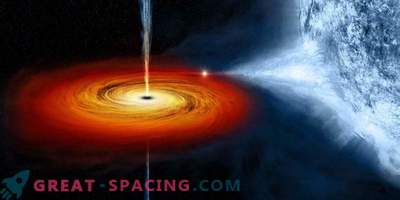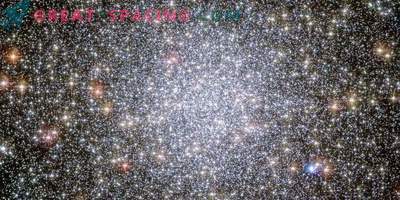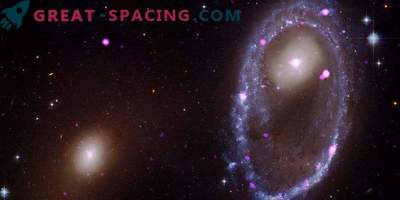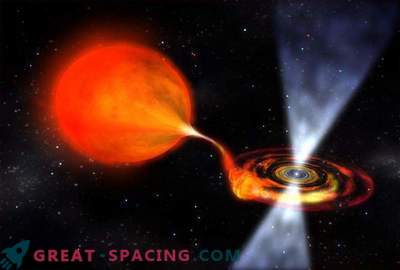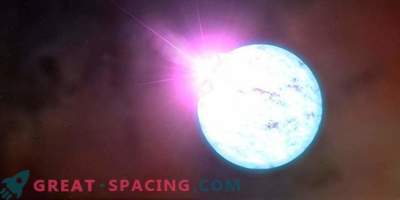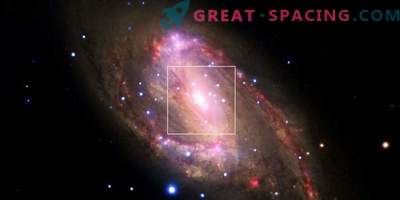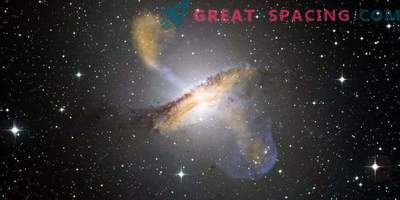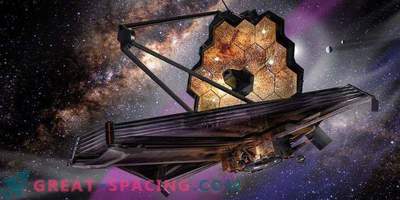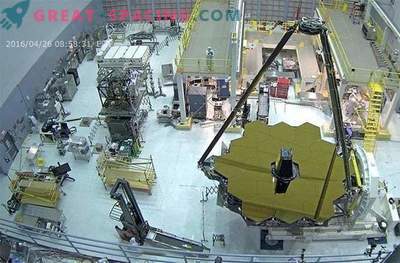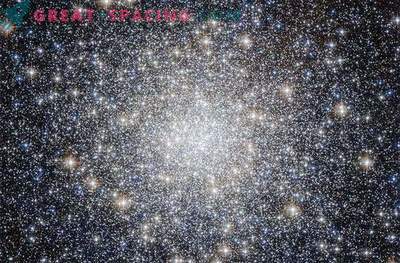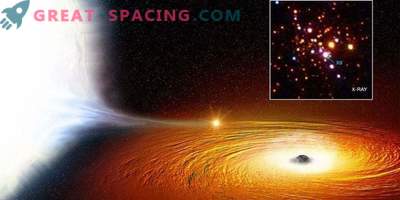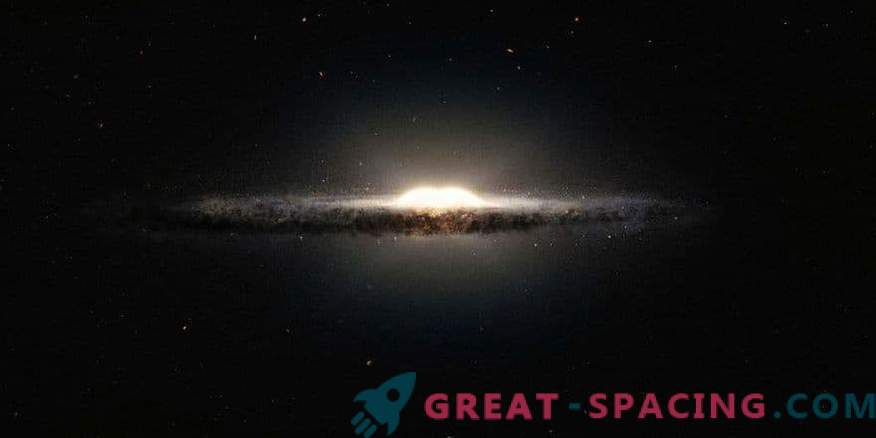
With the help of the JEM-X telescope, scientists were able to catch a new X-ray blast in a galactic bulge. It was a weak unidentified source IGR J17445-2747.
IGR J17445-2747 was noticed back in 2003. Characterized by weakness and persistence. Further reviews should have determined his character. In April 2017, everything changed when scientists from Moscow recorded an X-ray explosion of type I in the same position.
X-ray bursts are one of the most energetic events that can be found in space. These are believed to be thermonuclear explosions appearing near the surface of accreting neutron stars. They occur in X-ray binary systems with small masses, where the star of dense mass and neutron rotate.
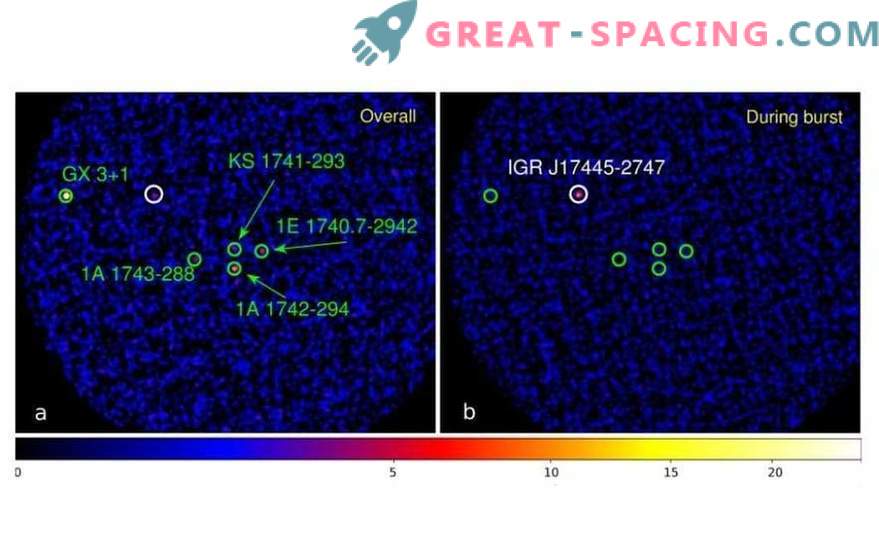
The JEM-X sky image in the 3-20 keV band, obtained on April 10, 2-17: a) according to the entire observation, when the brightness was recorded; b) for 13s near the maximum Researchers divide similar bursts into two types: I and II. The first have a sharp increase and a gradual decrease in the level of luminosity. And the latter are endowed with a rapid impulse and can create many bursts at intervals of a minute.
The first X-ray surge was noticed in 1975. Up to this point, almost all were representatives of type I. Recently found similar to type I with a 15 second slump. The information indicates that we have an accreting neutron star with a weak magnetic field.
A few days after the event, scientists were able to use the XRT telescope and track the position. Most likely, IGR J17445-2747 is located in a galactic bulge with a distance of 16300-40000 light years from us.
